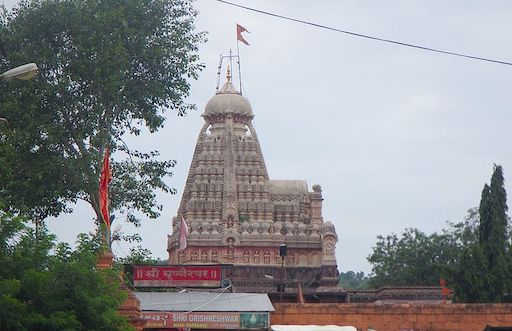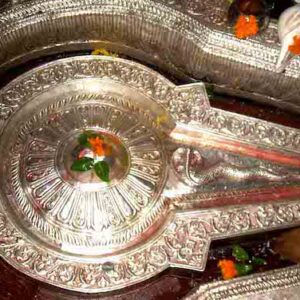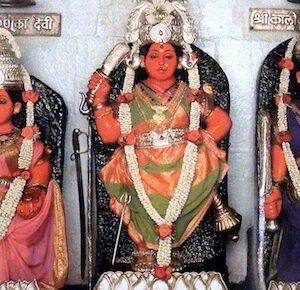This is one of the Jyotirlingas. You can make offerings and go in close proximity of the linga. There is a place to sit and meditate. You can go into meditative states here effortlessly.
How to Get There:
You can take a government bus from Aurangabad. It is just 1 km away from Ellora Caves.
Map: https://goo.gl/maps/xZboFXa9mp2xpteW8
About Sri Grishneshwar Jyotirlinga
This is one of the shrines of Lord Shiva, which is considered highly mystical. There are several legends connected to this temple. This temple was destroyed completely by Islamic Invasions in the 13th century. King Shivaji’s minister found a treasure near the snake-pit, which helped the king to renovate the temple. It was only with the help of the Maratha Kings that this temple, along with many other temples in India, was rebuilt. King Maloji Bhosale of Verul, the grandfather of King Shivaji, initiated the construction of this temple in the 13th century. This temple was later reconstructed in the 16th century by Queen Ahilyabai Holkar. She was instrumental in renovating some of the other major Hindu shrines in India, like the Kashi Vishwanath temple in Varanasi. The temples located in Gaya for Lord Vishnu and the Somnath temple for Lord Shiva were also built by the queen.
There is an interesting legend about the temple. The devotion of a woman, Kusuma, was boundless. Every day she used to pray in the temple with great devotion. Her husband’s second wife was jealous of her and murdered the son of Kusuma. It is believed that her devotion made Lord Shiva bring her son back. She then requested Lord Shiva to stay in the temple and bless the devotees.
The Grishneswar temple has a close resemblance to the South Indian architectural style and structure. The temple is a five-layered one and is built using red-colored bricks. This is also regarded as the smallest Jyothirlingam temple. The temple has beautiful carvings on the wall and the roof. Beautiful carvings of the Dashavataras of Lord Vishnu are etched on the red stone.
There is a lovely courtyard that has 24 pillars. The hall and the pillars have intricate carvings. Several legends and mythologies of Shiva have been carved on the walls of the shrine. The Lingam of Lord Shiva is facing eastward, and outside the sanctum sanctorum, there is a Nandi, the animal-mount of Lord Shiva.




